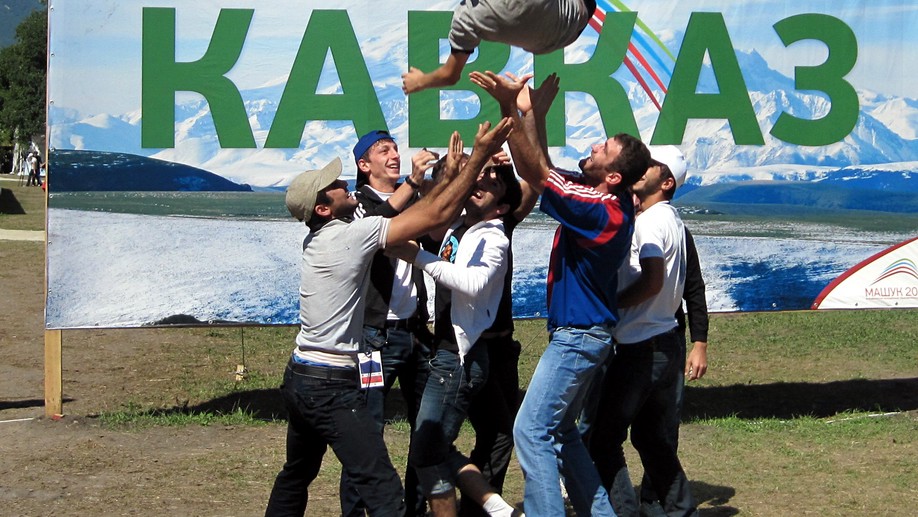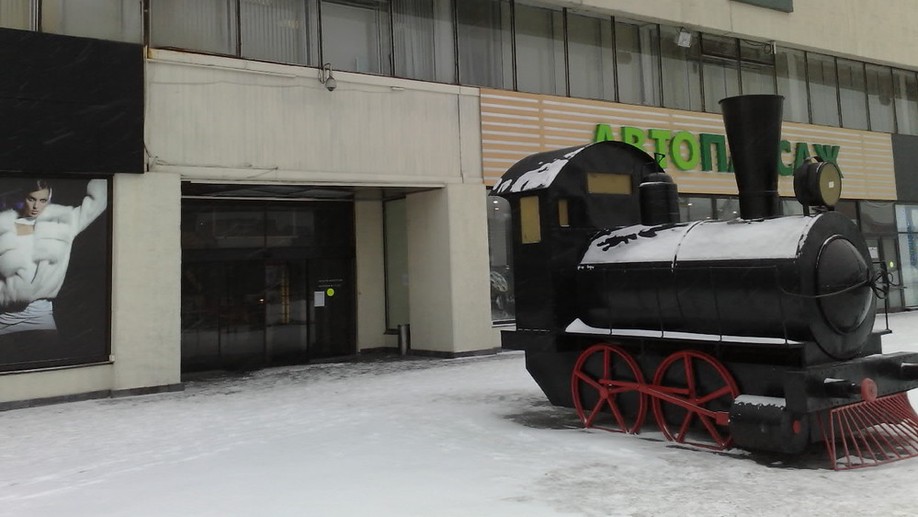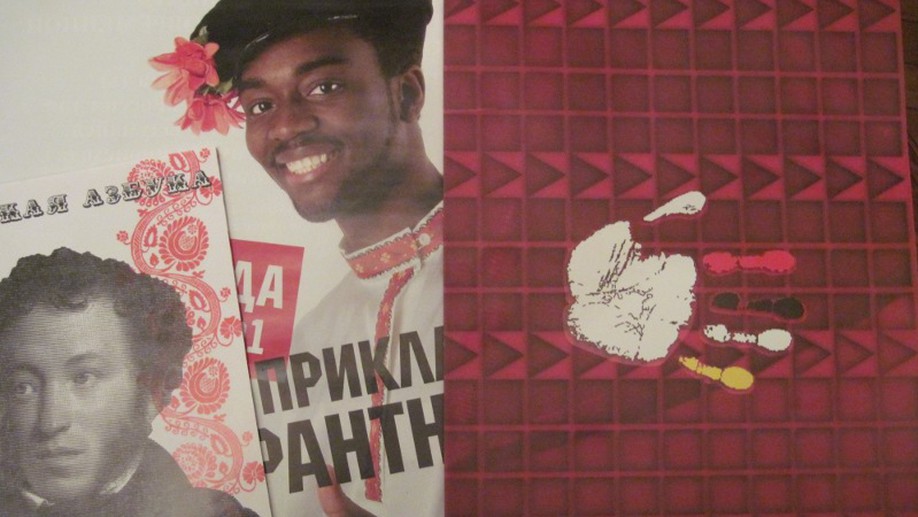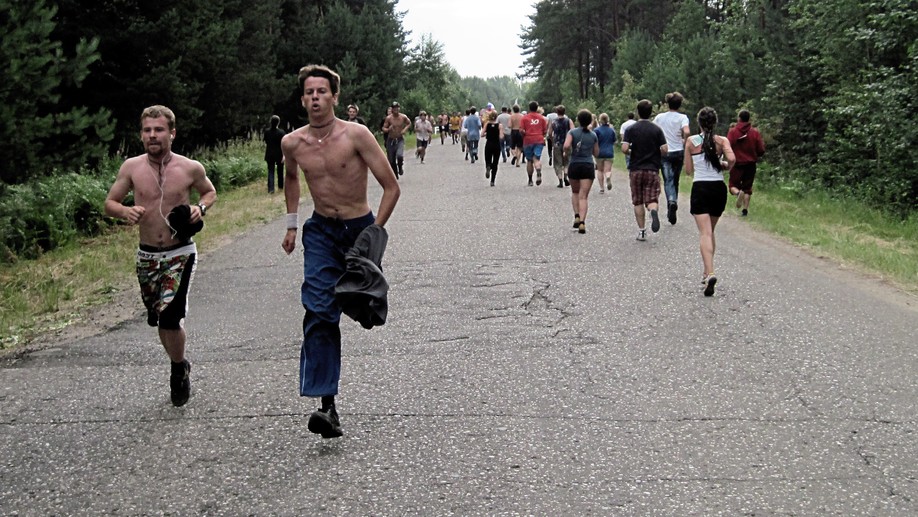Youth, patriotism and politics in the Northern Caucasus
 Photo by Giorgio Comai
Photo by Giorgio Comai
“Youth in the Northern Caucasus: associationism, identity, and patriotism in a complex, multi-ethnic context”, is a research project I conducted in 2009-2011, financed by Fondazione Cassa di Risparmio di Trento e Rovereto.
Outputs included a number of feature pieces from the region, as well as research papers.
See some of the pictures I took at youth camps in Seliger and Mashuk in 2010.
See also this online dossier on OBCT’s website.
Posts

North Caucasus Youth Forum Mashuk 2010, some random notes
The basic idea of the forum is rather interesting… all participants come from the Federal District of the Northern Caucasus (Stavropolskij Kraj, Karachaj-Cherkessia, Kabardino-Balkaria, North Ossetia, Ingushetia, Chechnya, Dagestan) plus, at least in the original project, Abkhazia and South Ossetia. The programme includes training and classes dedicated to “intercultural interaction” that all participants must attend. Basically, participants from different parts of the Russian Caucasus are given a chance to know each other better, to discuss about the stereotypes they have about each other, and so forth.

“Seliger’s many faces”, my feature from the International Youth Forum Seliger 2010
My feature about the International Youth Forum Seliger 2010 is now online on balcanicaucaso.org (available in Italian here). You can find some pictures there or on my Flickr page. I already shared some considerations on my way back from the forum in a previous post… And here’s another recent article about youth policies in Russia as a whole and in the Northern Caucasus in particular, that makes reference to Seliger.
Notes for an article on Seliger 2010
International youth camp Seliger 2010, July 1 – July 8, Russia. Preliminary notes written on a bus from Seliger to Moscow. Pictures will follow in the next few days. Seliger is the location where in the last couple of years the Russian government, through its Federal agency for youth affairs, has been organizing summer camps for young people from all over Russia. The same location was previously used by the much discussed youth organisation “Nashi”.

Entrance to the headquarters of Molodaja Gvardija, youth branch of United Russia
Today I met Marija Kislicyna, “kommissar” of the Russian youth movement Nashi. She’s head of the project “Russia for everybody” (“Rossiya dlya vsekh”), and follows programmes meant to improve relations between different ethnic groups living in Russia. The tagline is that it doesn’t matter if you are Russian, Tatar or Chechen, as long as you’re conscious of being a citizen of Russia. I got some more information about Nashi’s programmes in this field, and I will most probably write more about it at some point.

Nashi organizes a summer camp for 20,000 young people coming from different parts of the northern Caucasus
I was expecting flags, huge billboards, and V.V. Putin posters… no wonder I couldn’t find it! Not even a small sign at the entrance suggesting that there are the headquarters of the youth branch of Russia’s ruling party… Anyway, I’ll come back soon to hear more about their activities in the northern Caucasus…
Publications
Youth camps in Post-Soviet Russia and the Northern Caucasus: the cases of Seliger and Mashuk 2010
The organization of state-sponsored youth camps has emerged as a central feature of contemporary youth policies in the Russian Federation. This paper, based on field work conducted during 2010, analyses them focussing in particular on two cases: Seliger 2010, Russia’s main youth camp, and Mashuk 2010, a regional camp specifically dedicated to youth from the Northern Caucasus. As will be seen, Soviet youth policies still serve as a fundamental point of reference in contemporary Russia. Elements of continuity and change, in particular in terms of patriotic education, inter-ethnic integration and the situation in the Caucasus, will be discussed. Keywords: Youth; Post-Communism; Patriotic education; Youth camps; Caucasus; Russia
